Reduced Glutathione (GSH) Content Assay Kit
Note: Take two or three different samples for prediction before test.
Operation Equipment: Spectrophotometer/Microplate Reader
Catalog Number: BC1175
Size: 100T/96S
Components:
Reagent I: 100 mL×1. Store at 4℃.
Reagent II: 20 mL×1. Store at 4℃.
Reagent III: 8 mL×1. Store at 4℃, protect from light.
Standard: Powder 10 mg×1. Store at 4℃, protect from light.
Product Description
Glutathione is a natural tripeptide composed of glutamic acid (Glu), cysteine (Cys) and glycine (Gly). It is a kind of compound containing sulfhydryl group (-SH), which widely exists in animal tissue, plant tissue, microorganism, and yeast. Glutathione can react with 5,5′-dithiobis-(2-nitrobenzoic acid) (DTNB) to produce 2-nitro-5-mercaptobenzoic acid and glutathione disulfide (GSSG). 2-nitro-5-mercaptobenzoic acid is a yellow product, with the maximum absorption at 412 nm.
Technical Specifications
Minimum Detection Limit:3.763 μg/mL
Linear Range:12.5-400 μg/mL
Reagents and Equipment Required but Not Provided
Analytical balance, mortar/homogenizer, low temperature centrifuge, water bath, adjustable pipette, spectrophotometer/microplate reader, micro glass cuvette or 96 well flat-bottom plate and distilled water.
Procedure
I. Sample preparation
- Tissue sample
Wash fresh tissues with PBS for twice, then add 0.1 g of animal/plant tissue into homogenizer (the homogenizer has been rinsed with Reagent I and placed on ice before use). Add 1 mL of Reagent I (the proportion of tissue and Reagents can be kept constant), fully grinding on ice (using liquid nitrogen will have a better grinding effect). Centrifuge at 8000 ×g for 10 minutes at 4℃, take the supernatant and place it at 4℃ for test. (If the test cannot be completed temporarily, the supernatant can be stored at -80℃ for 10 days.)
- Blood sample
Plasma: Sample is centrifuged at 600 ×g for 10 minutes at 4℃. Absorbing the upper plasma into another tube with adding the same volume Reagent I. Centrifuge at 8000 ×g for 10 minutes at 4℃, take the supernatant and place it at 4℃for test. (If the test cannot be completed temporarily, the supernatant can be stored at -80℃ for 10 days.)
Blood cell: Sample is centrifuged at 600 ×g for 10 minutes at 4℃. Discarding the upper plasma, wash with three times volume of PBS for 3 times (re-suspend blood cell with PBS, centrifuge at 600 ×g for 10 minutes), add equal volume of Reagent I. After mixing, it is placed at 4℃ for 10 minutes. Centrifuge at 8000 ×g for 10 minutes, take the supernatant and place it at 4℃ for test. (If the test cannot be completed temporarily, the supernatant can be stored at -80℃ for 10 days.)
3. Cell sample
Harvesting cell should not less than 106,then wash it with PBS for twice (re-suspend cell with PBS, centrifuge at 600 ×g for 10 minutes). The volume of Reagent I added is three times the volume of cell precipitation to re-suspend the cells. Repeated freezing and thawing 2–3 times (It is suggested that frozen in liquid nitrogen, dissolved in 37℃ water bath). Centrifuge at 8000 ×g for 10 minutes, take the supernatant and place it at 4℃ for test. (If the test cannot be completed temporarily, the supernatant can be stored at -80℃ for 10 days.)
II. Procedure
- Preheat spectrophotometer/microplate reader for 30 minutes, adjust the wavelength to 412 nm, set zero with distilled
- Preheat Reagent II in 37℃ (mammal cell) or 25℃ (other species) water bath for 30
- Blank tube determination: take micro glass cuvette, add 20 μL of distilled water, 140 μL of Reagent II, 40 μL of Reagent III in turn, mix well, place for 2 minutes, and measure 412 nm absorbance AB.
- Making standard curve
Weigh 1 mg of standard and dissolve it with 1 mL of distilled water to obtain the concentration of 1 mg/mL. Take the appropriate solution to prepare the standards with the concentration of 200 μg/mL, 100 μg/mL, 50 μg/mL, 25 μg/mL and 12.5 μg/mL (Dilute Reagent I ten times before diluting the standard solution).
Take a 1.5 mL EP tube and add 20 μL of standard, 140 μL of Reagent II and 40 μL of Reagent III in turn. After each tube is evenly mixed, it is allowed to stand for 2 minutes. Measure the absorbance at 412 nm, and absorbance minus AB as abscissa. Make the standard curve according to the absorbance (x) and concentration (y, μg/mL).
- Sample tube test: take micro glass cuvette, add 20 μL of sample, 140 μL of Reagent II, 40 μL of Reagent III in turn, mix well, and then stand for 2 minutes to test the absorbance ATat 412 nm, ΔA = AT – AB.
- The operation of the microplate reader is the same as that of the spectrophotometer, and the operation is as fast as
III. Calculations
According to the standard curve, take sample ΔA into the formula(x), and calculate the sample concentration y (μg/mL).
- Protein concentration
GSH (μg/mg prot)=y×VRV÷VRV÷Cpr =y÷Cpr
- Sample weight
GSH (μg/g)=y×VRV÷(VRV÷VSV×W)= y÷W
- Cell amount
GSH (μg/104cell)=y×VRV÷(VRV÷VSV×N)= y÷N
- Solution volume GSH (μg/mL)=2y
N: Cell amount, 106;
VSV: Total supernatant volume, 1 mL;
VRV: Supernatant volume added into the reaction system, 20 μL=0.02 mL; W: Sample weight, g;
Cpr: Supernatant protein concentration, mg/mL.
2: The volume of plasma (blood cells) is diluted by one time.
Note:
- The sample needs to be homogenized completely. If the test cannot be completed temporarily, it can be stored at-80℃.
- Standard: Reduced glutathione is prepared when the solution will be
- If the GSH content in the sample is uncertain, Dilute the sample for several gradients before
- Because Reagent I contain protein precipitant, the supernatant cannot be used for protein concentration determination. If the protein content needs to be determined, take another tissue.
Reference:
- Alpert A J, Gilbert H F. Detection of oxidized and reduced glutathione with a recycling postcolumn reaction[J]. Analytical biochemistry, 1985, 144(2):553-562.
- Owens C W I, Belcher R V. A colorimetric micro-method for the determination of glutathione[J]. Biochemical Journal, 1965, 94(3):
Related products:
BC1180/ BC1185 Oxidized Glutathione(GSSG)Assay Kit
BC1190/ BC1195 Glutathione Peroxidase Assay Kit
BC1150/ BC1155 Oxidized Thioredoxin Reductase (TrxR) Assay Kit
BC1210/ BC1215 γ-glutamate-cysteine ligase (GCL) Assay Ki
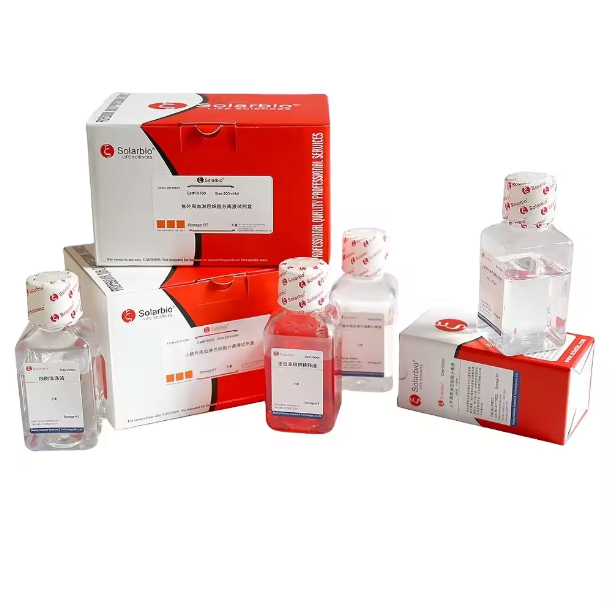
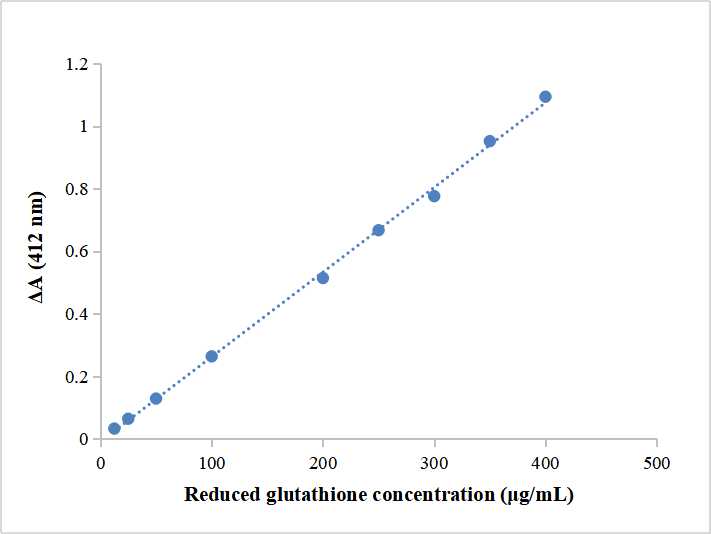
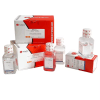
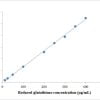
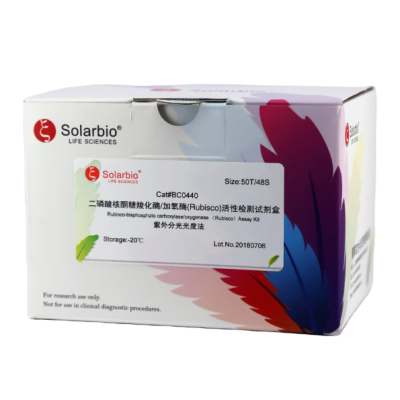
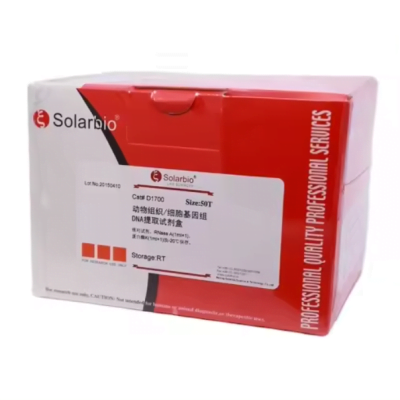
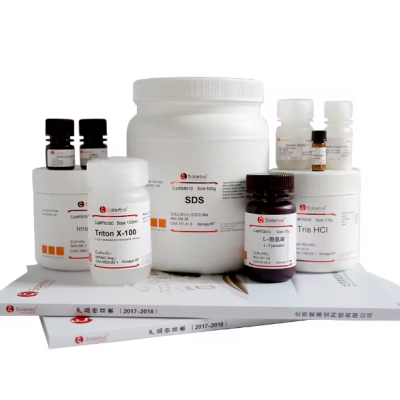
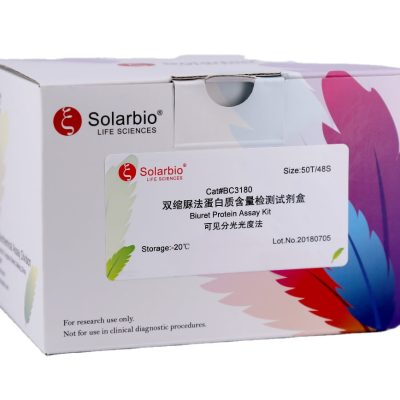
Reviews
There are no reviews yet.